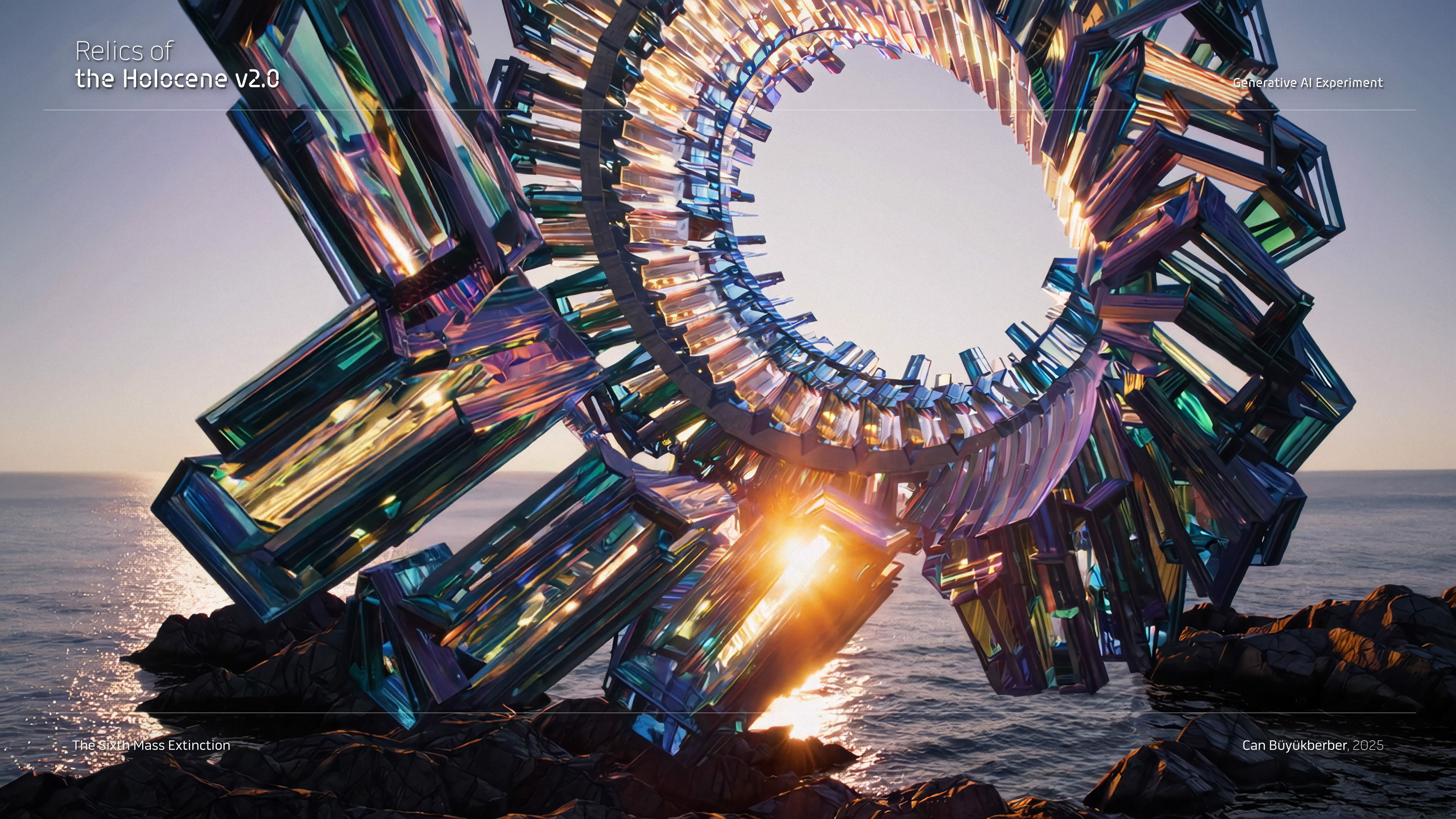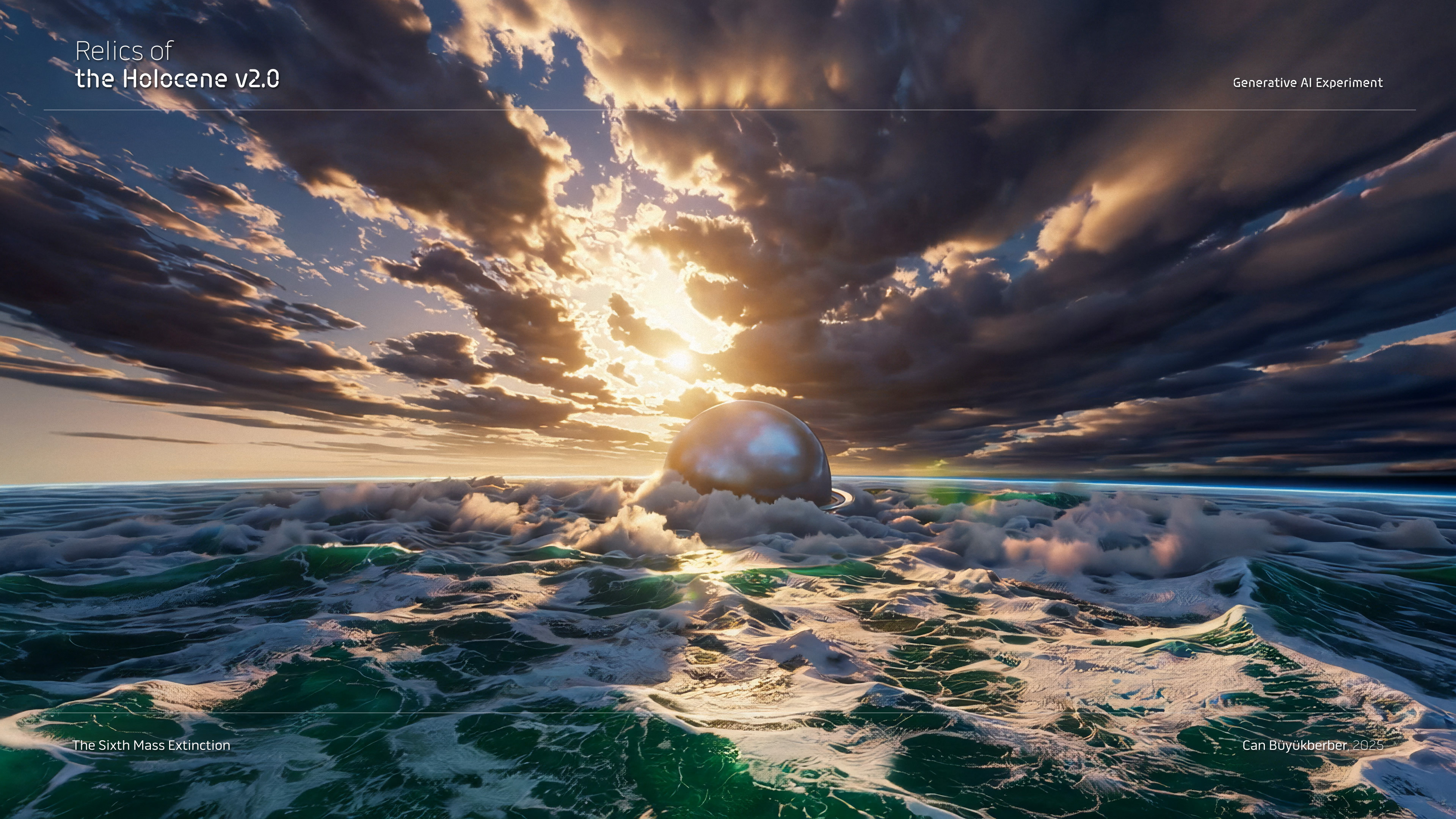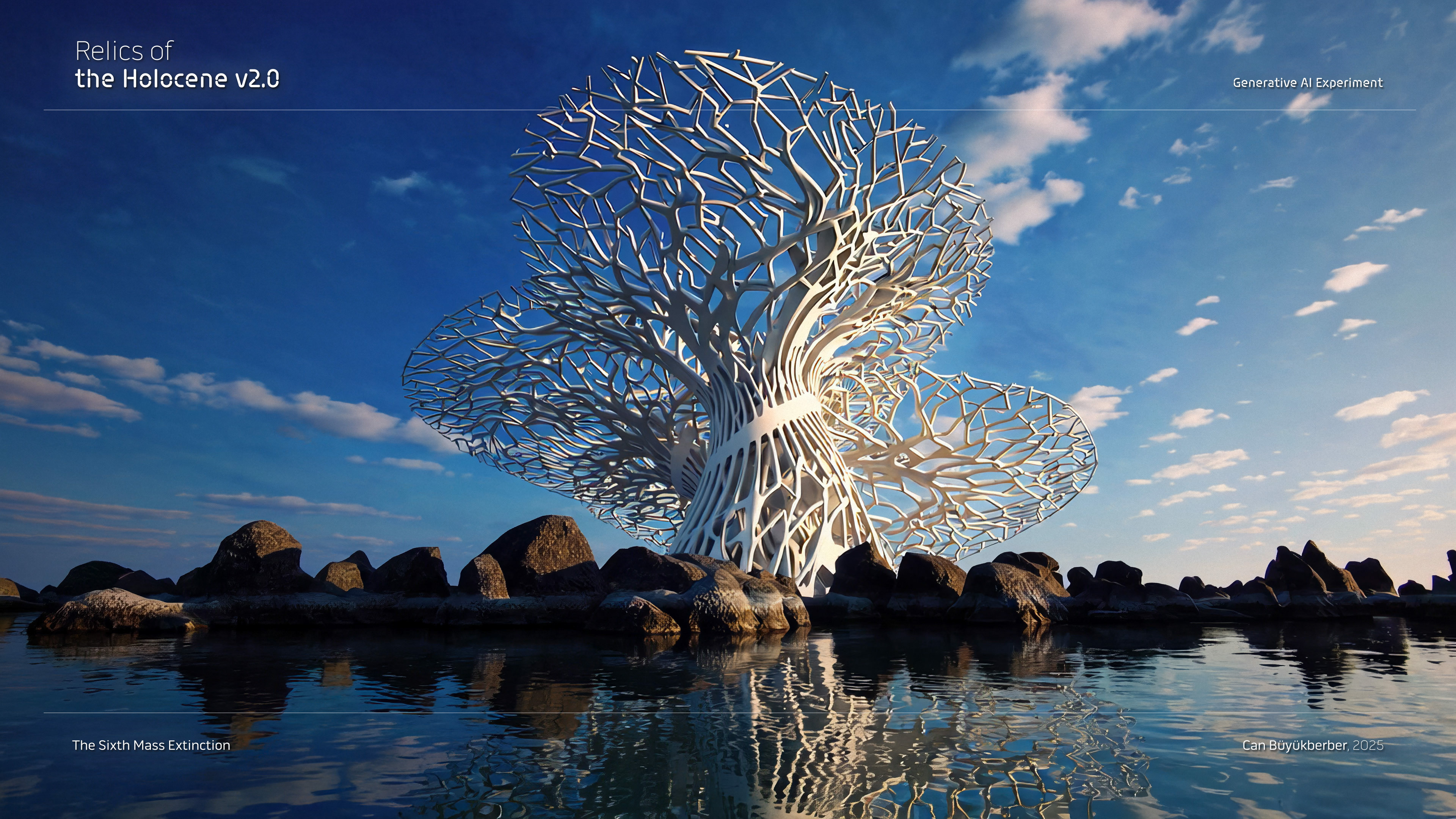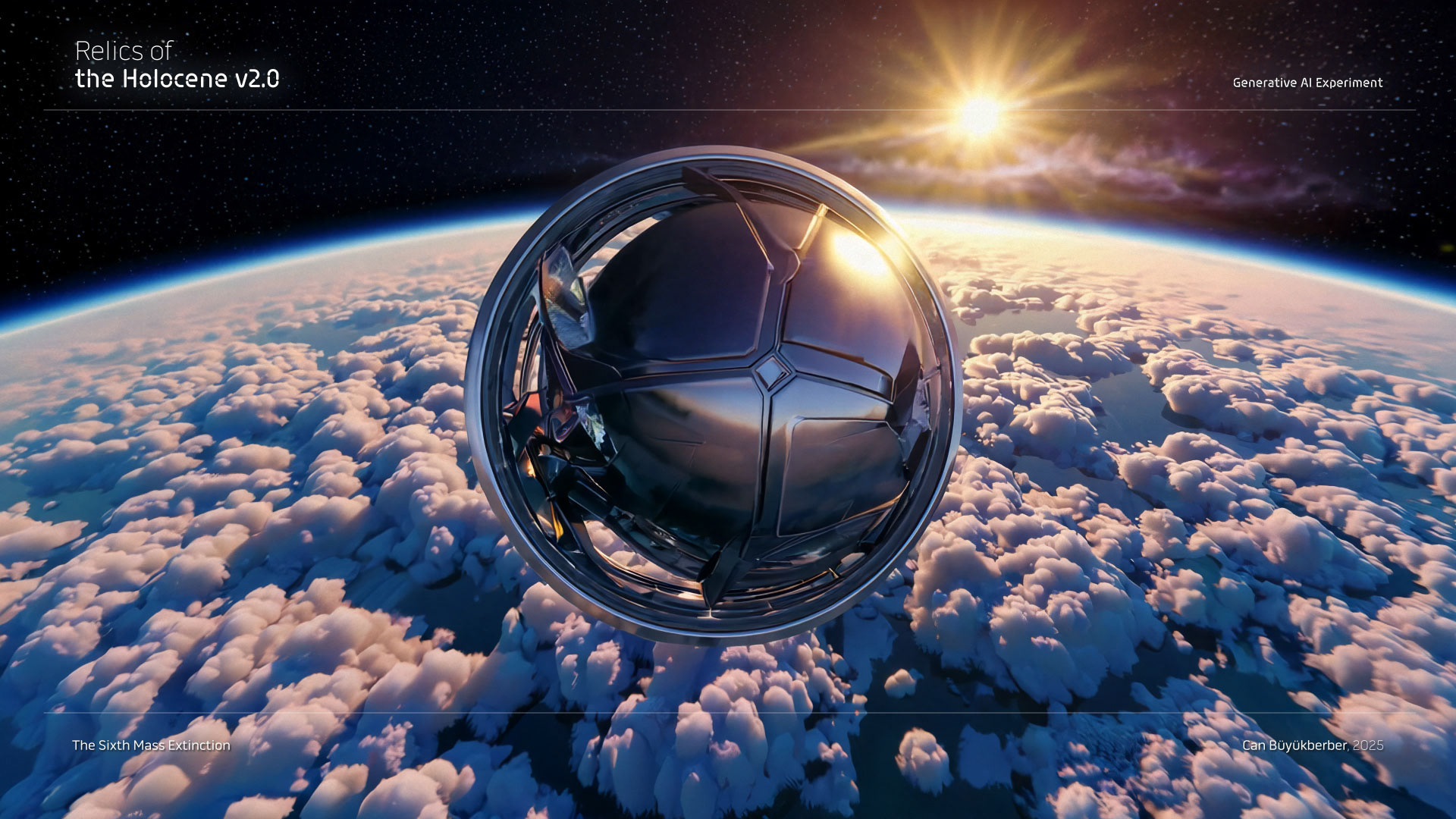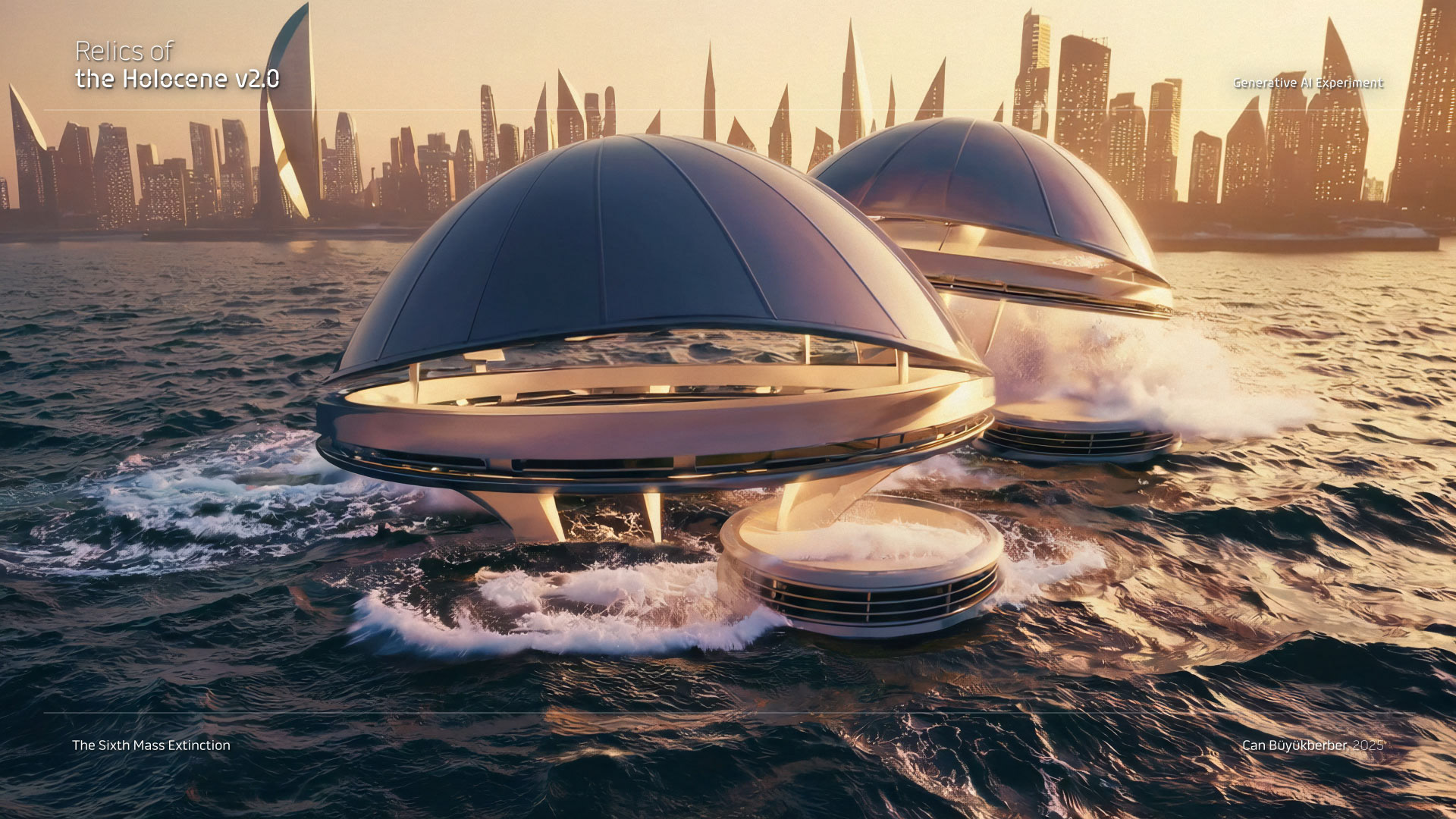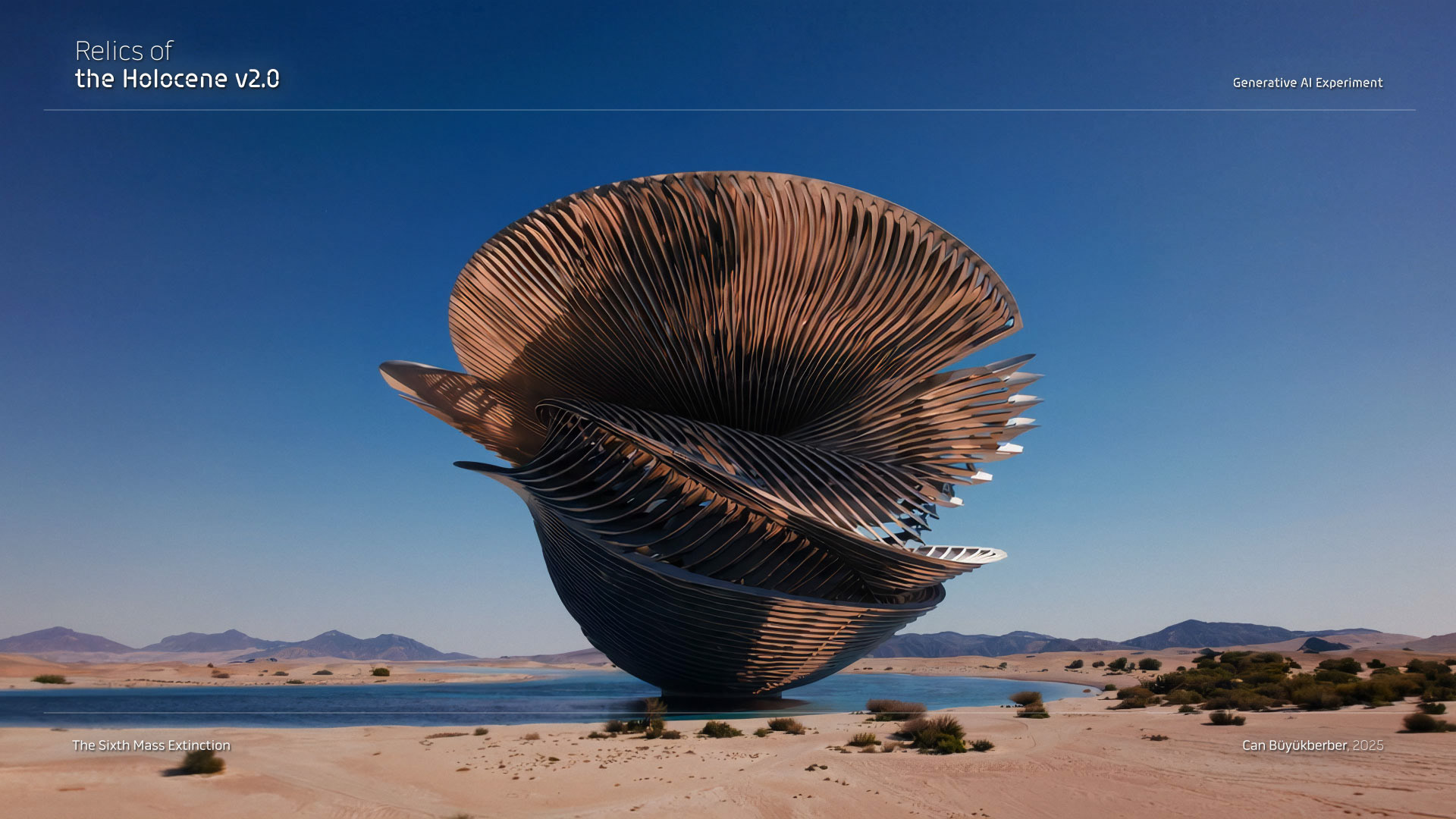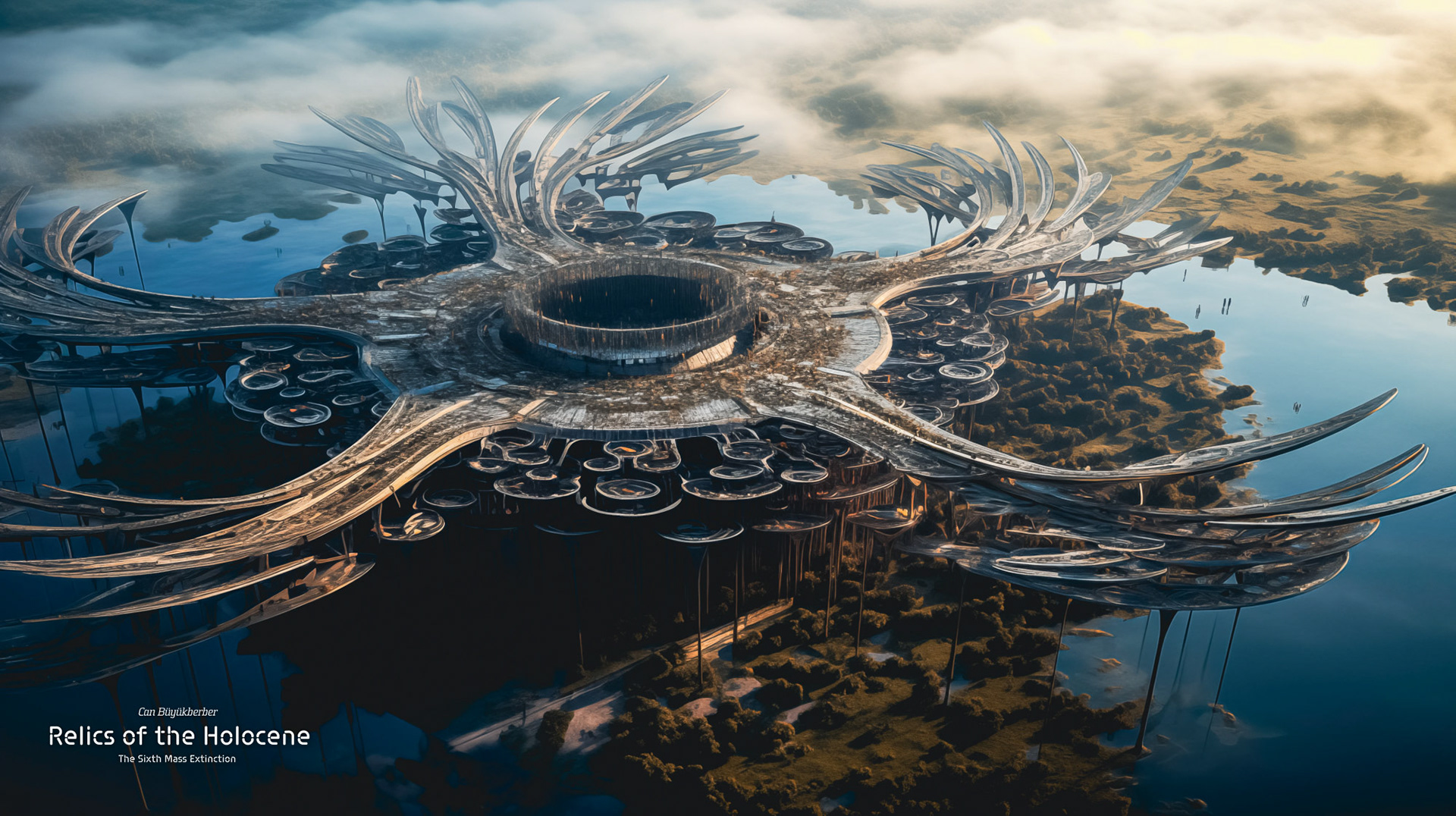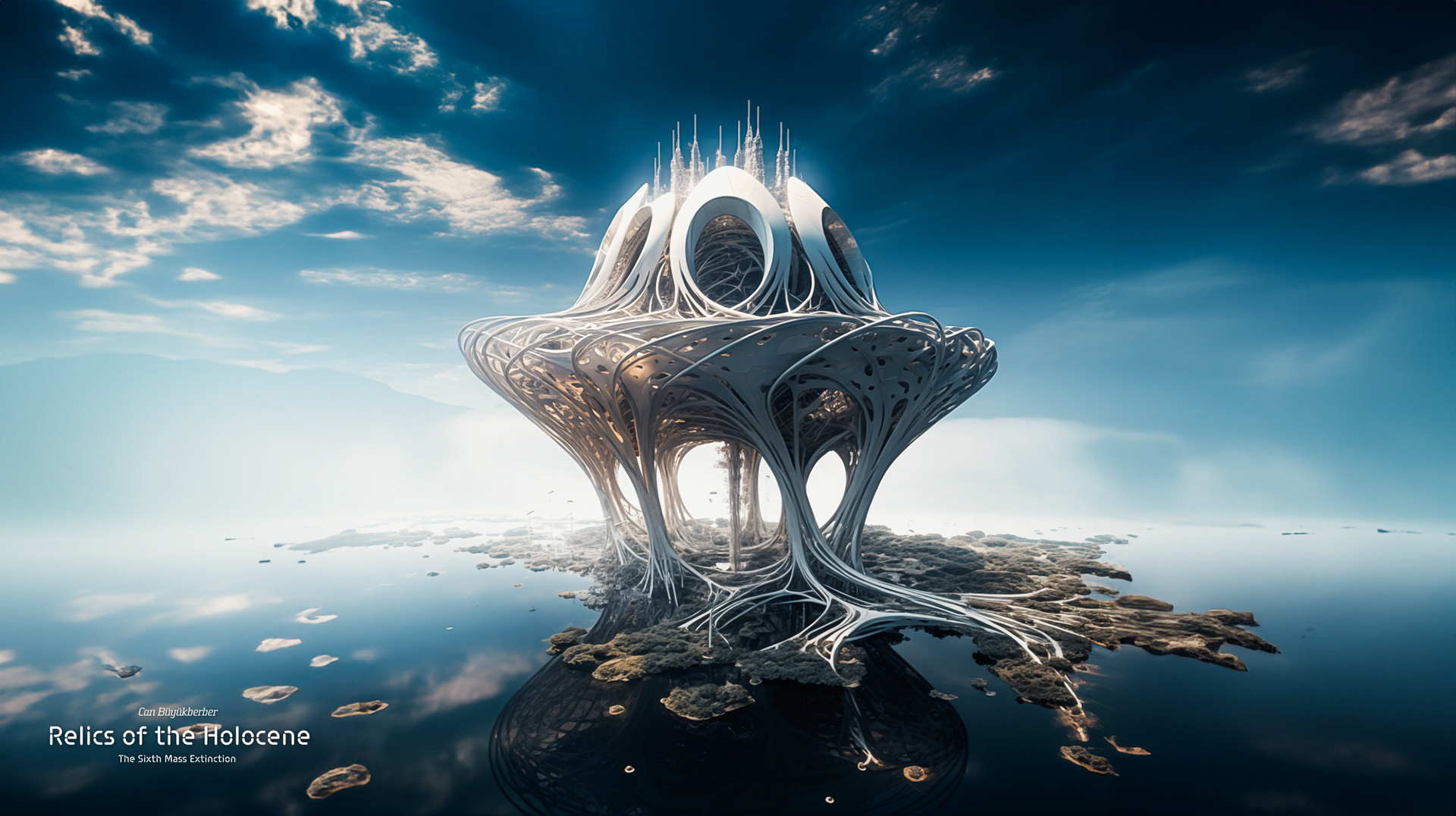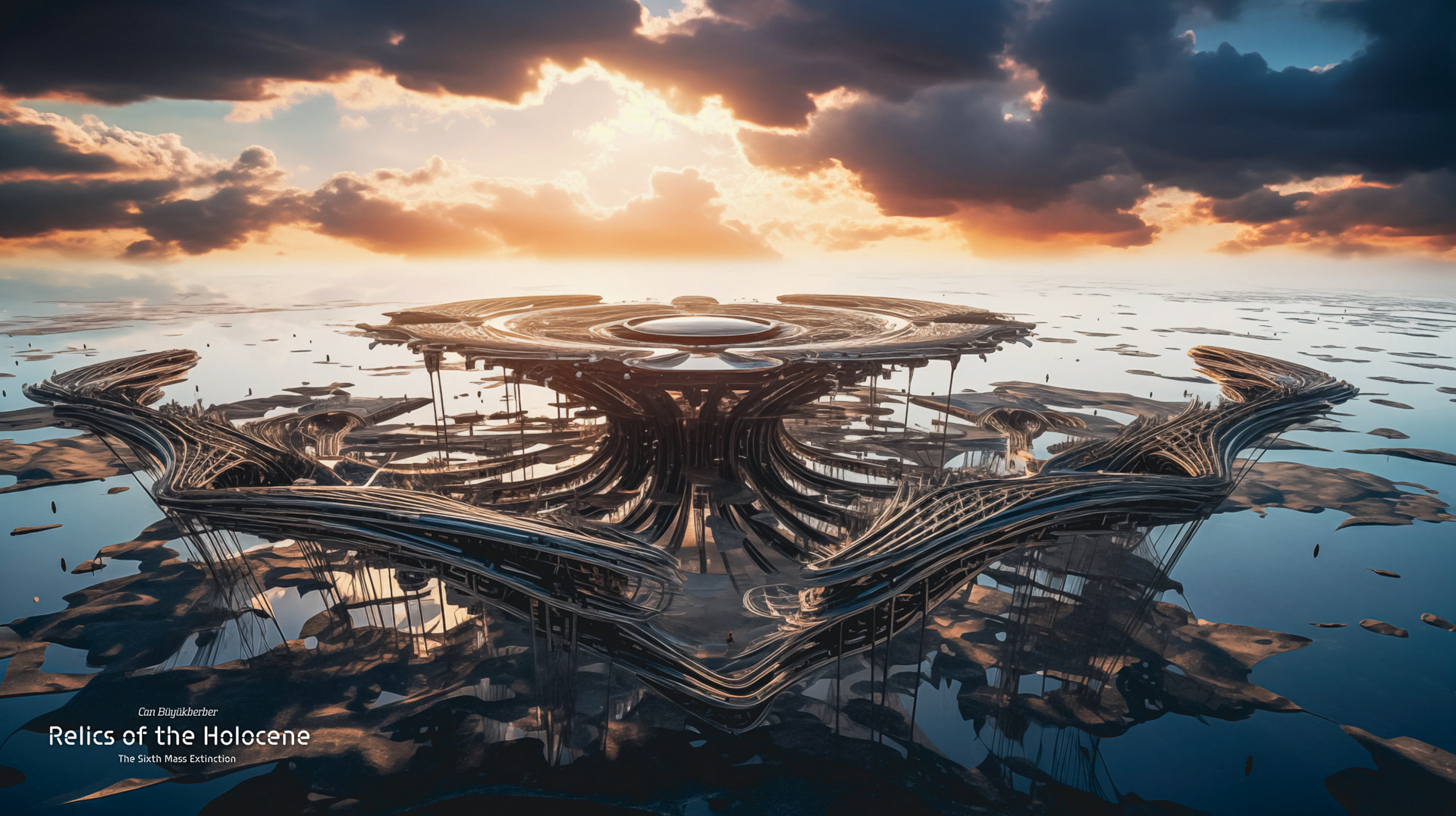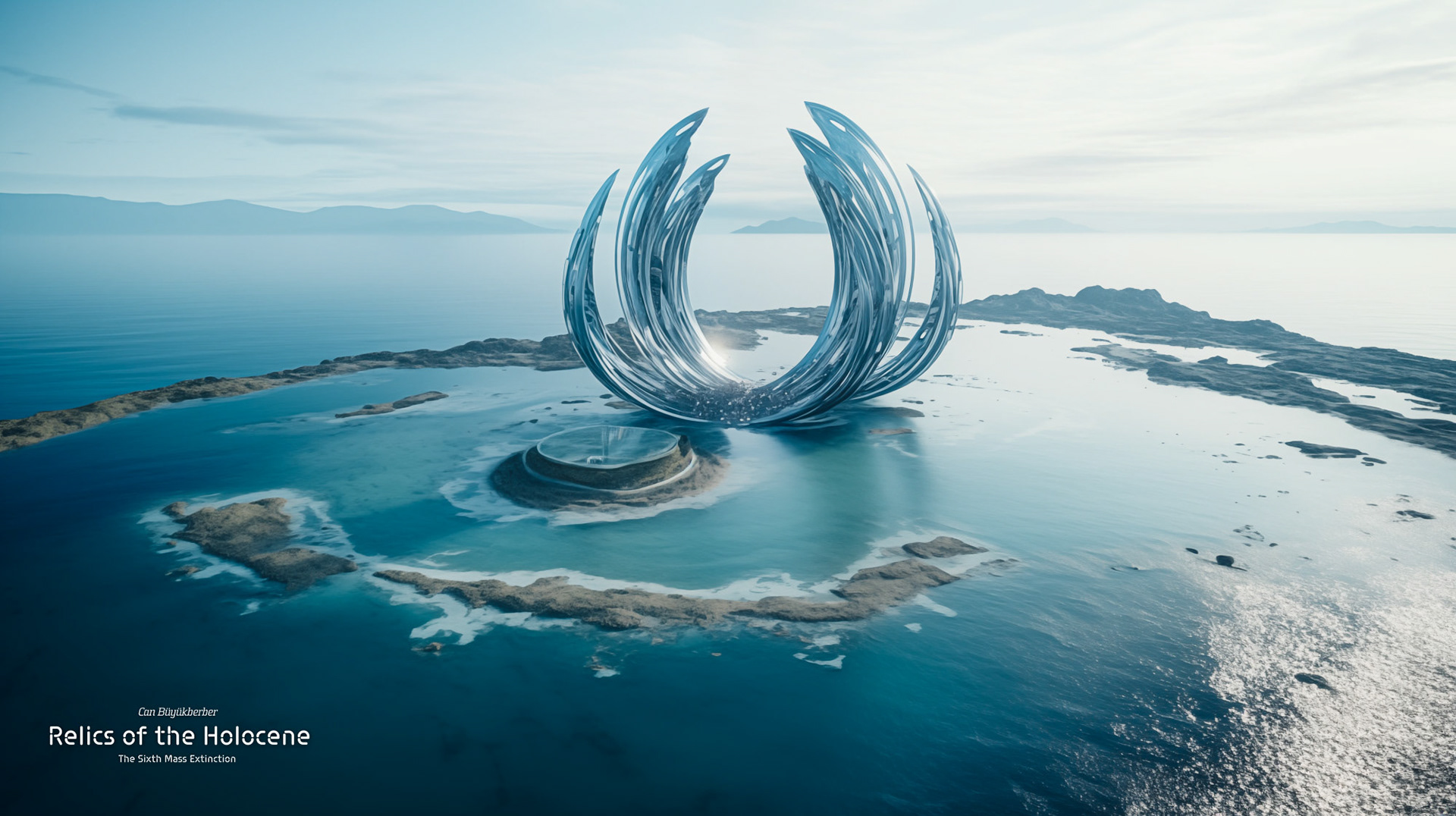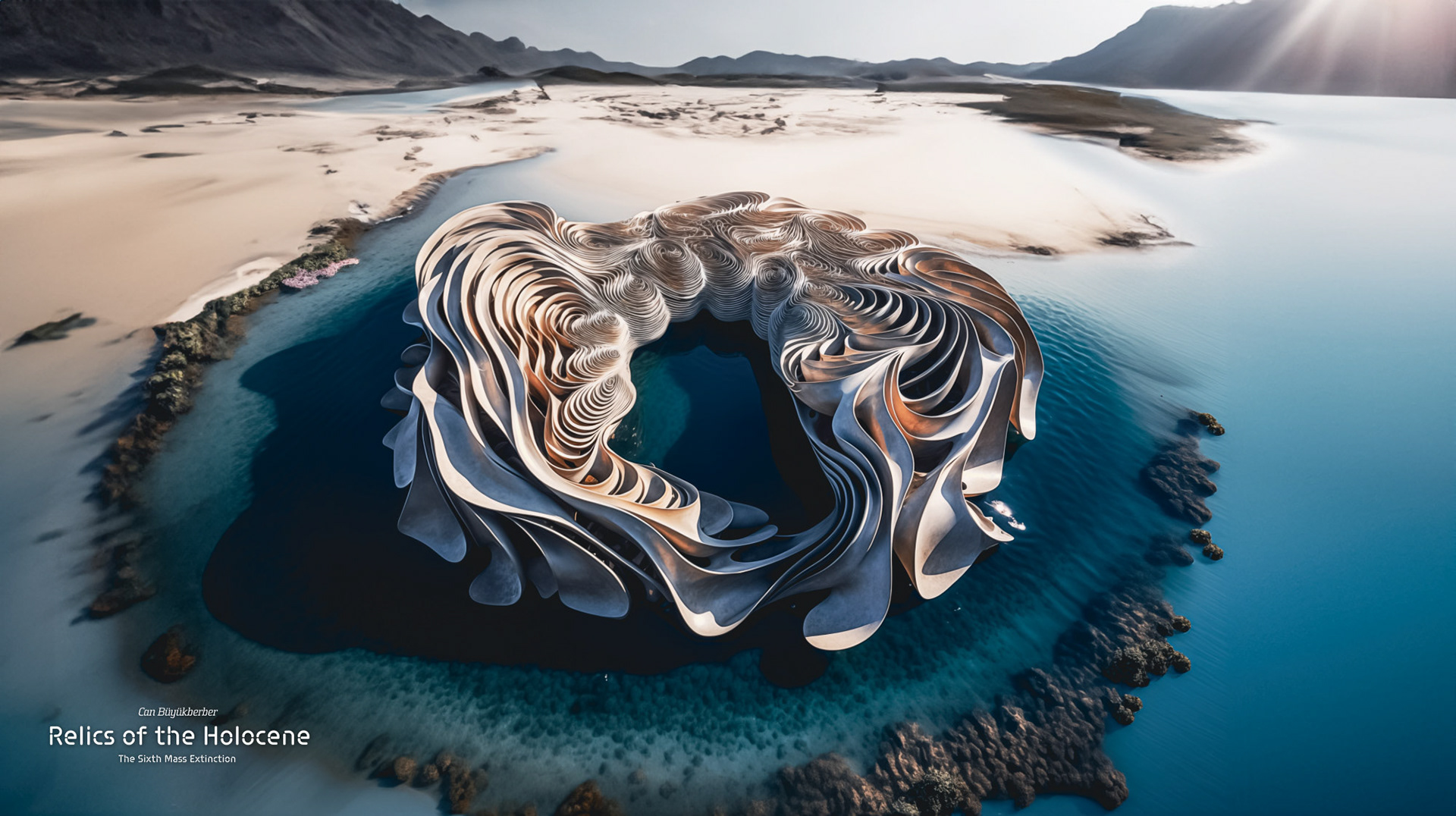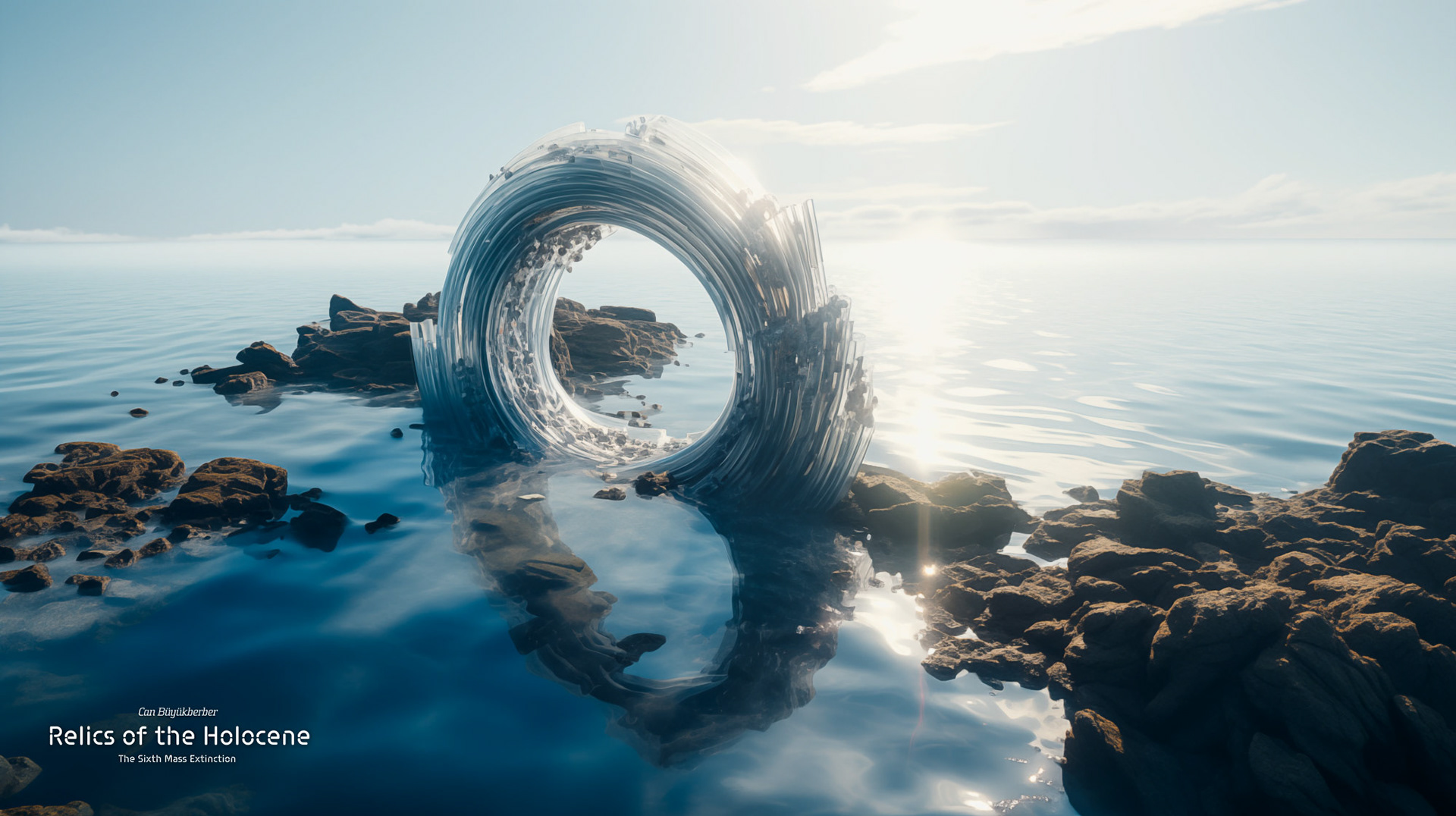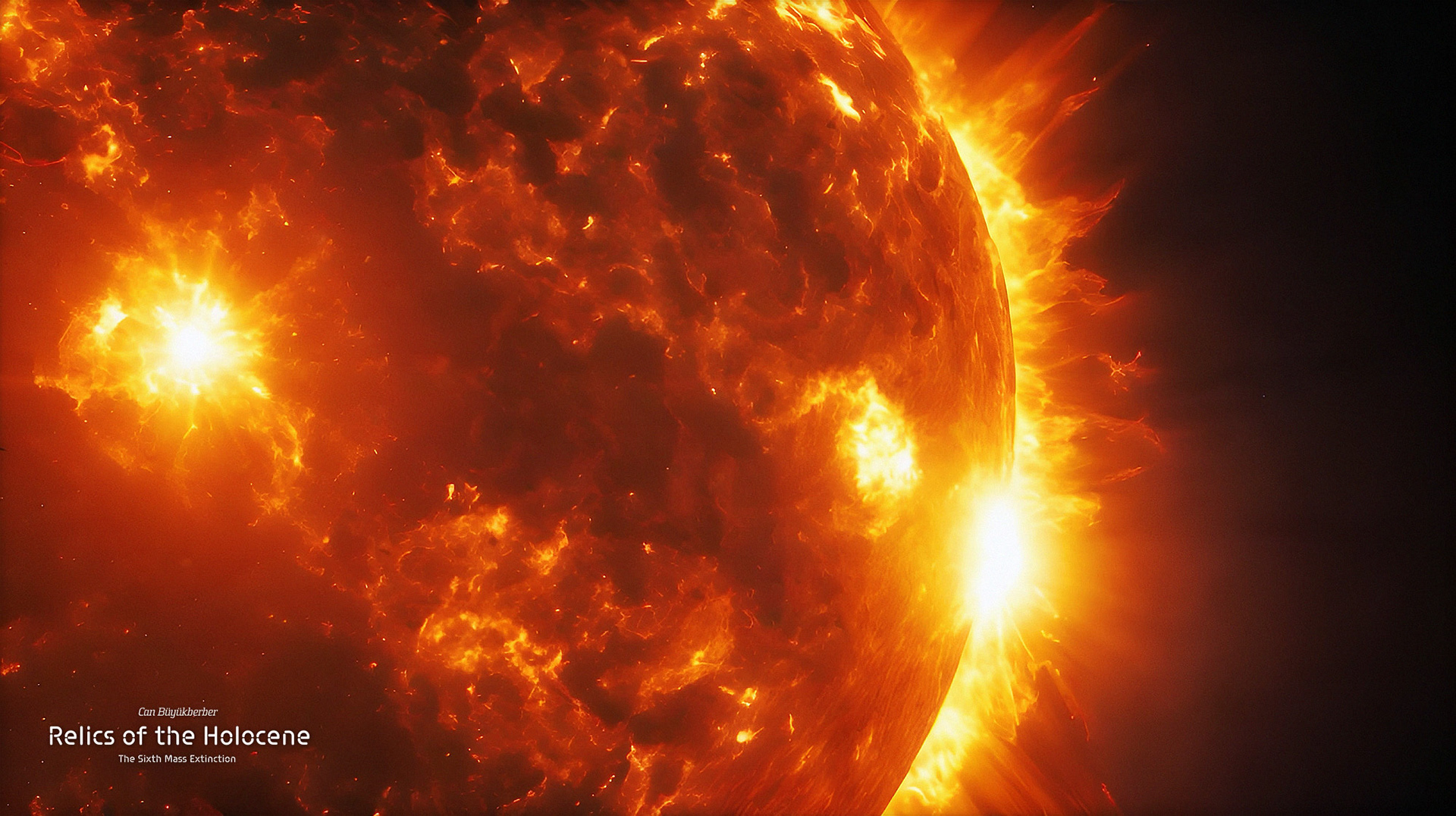5. Collaborative A.I. Tools: A New Frontier in Environmental Advocacy
The exploration of generative A.I. tools in the creation of environmental art represents a paradigm shift in how we engage with and address global challenges. The collaboration between human creativity and A.I. algorithms offers novel perspectives, enabling a deeper understanding of the intricate relationships within ecosystems and the consequences of human actions. "Relics of the Holocene" harnesses this potential to foster a sense of collective responsibility and mobilize communities towards sustainable practices.
6. Immersive Media: A Gateway to Empathy and Action
Immersive media serves as a powerful conduit for engaging individuals in environmental discourse. By enveloping audiences in virtual environments, the project enhances empathy and understanding, compelling viewers to confront the gravity of ecological crises. "Relics of the Holocene" invites participants to become active participants in the narrative, fostering a connection between the artwork and real-world environmental challenges.
In this immersive journey, viewers are transported to a realm where the remnants of the future are not stagnant artifacts but pulsating entities, alive with the echoes of a civilization shaped by the consequences of present-day actions. The intricate structures, visualized with the aid of A.I. tools, evoke a sense of wonder and reflection. As observers navigate this futuristic landscape, they are invited to question the origins and implications of these structures, blurring the lines between technology, architecture, and nature.
